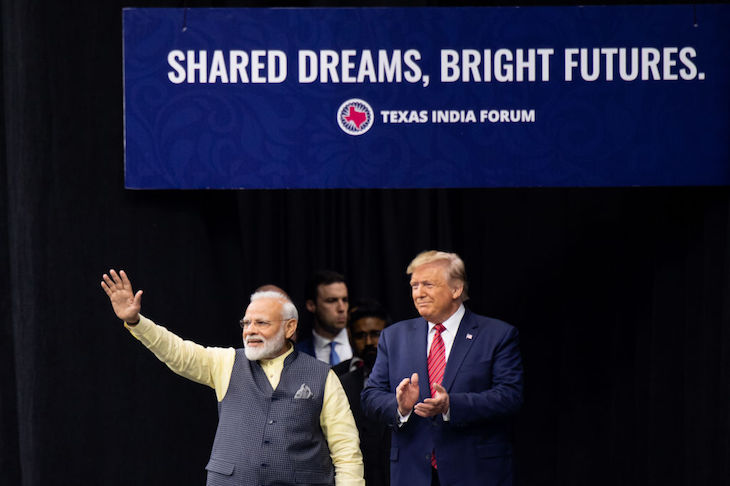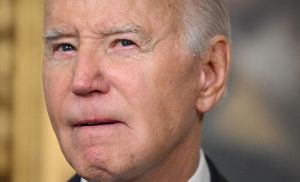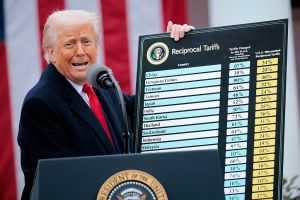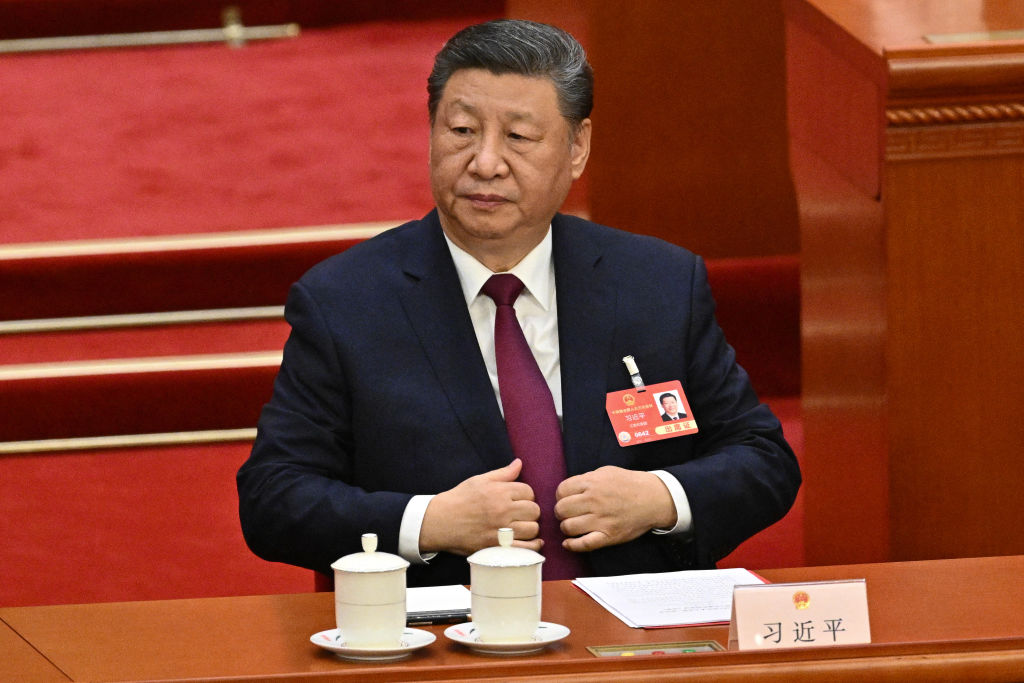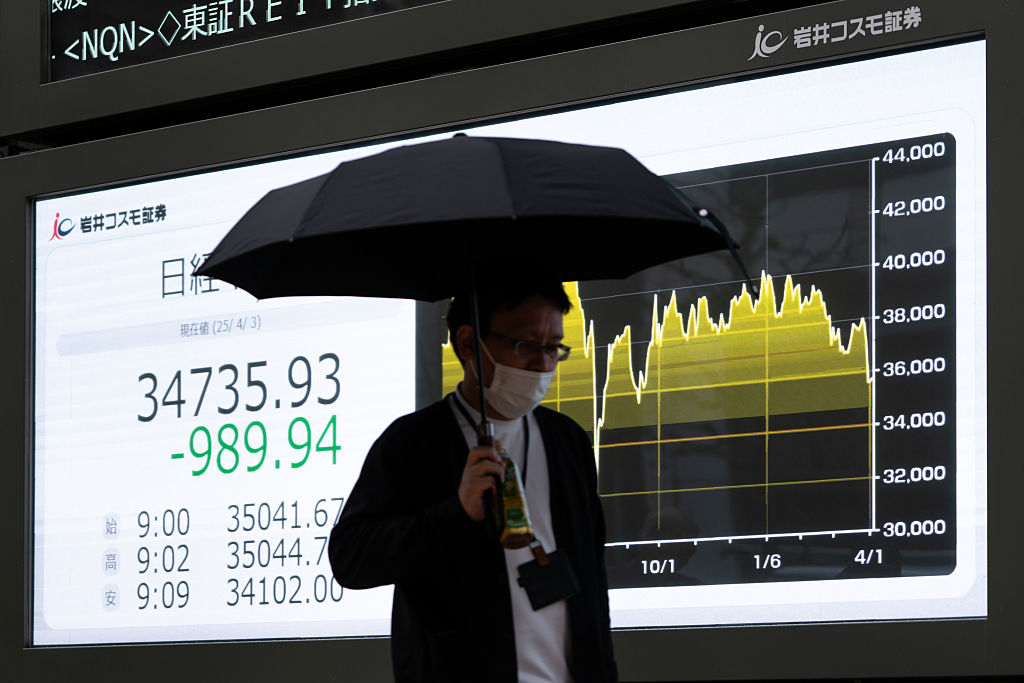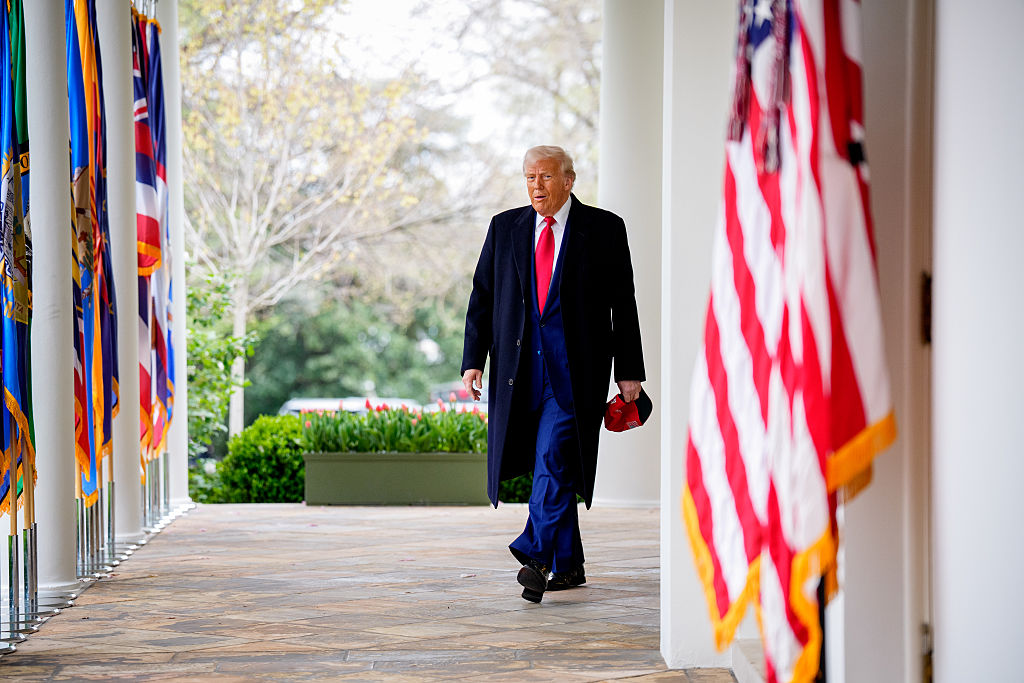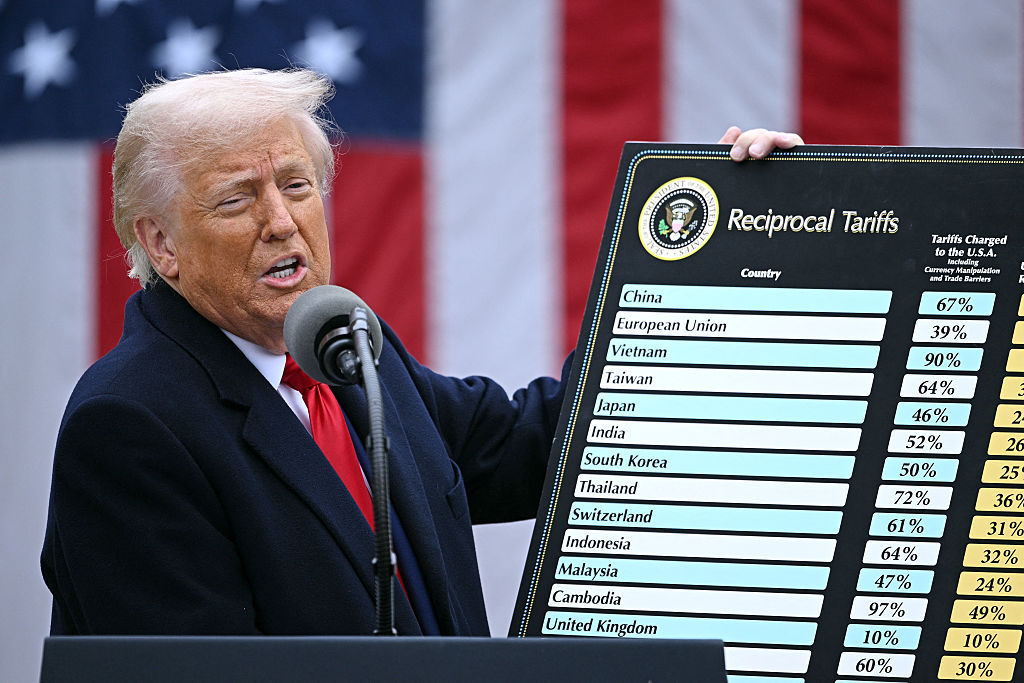President Donald Trump is not all that fussed, one way or another, about vague concepts like human rights. He prefers realpolitik and semi-feudal pomp; the Maharaja of Queens is set to enjoy plenty of both during his visit to India this week.
Indo-US relations are not as sclerotic as they were during the bleak, stagnating, Sovietized Eighties — an era which no one other than the New York Times remembers fondly. Since the Cold War, American presidents have conspicuously sought to align with New Delhi, as a counterbalance to a rising China, and have equally been courted back. The appeal of an alliance is not simply strategic, Indian Americans are the most successful minority community in the US. With Trump and Modi, their bonds look set to grow even stronger.
America, and even Trump, enjoy overwhelming popularity in India, especially in Modi’s home state of Gujarat. Republicans have recently recognized the value of attracting highly educated Indians, who tend to be socially and fiscally conservative.
Indian policymakers have been happy with the US pivoting away from Afghanistan and Pakistan. Trump’s moves towards eventual economic decoupling from China has potential to be very good news for India — the only country in Asia with a ready manufacturing base, unlimited labor, and comparatively free and democratic polity — to take over supply chains to American companies.
Trump, facing re-election, will cherish a deal with India. Modi, who faces a slowdown in economic growth at home, will try to play his more successful foreign policy cards, portraying India as the biggest maritime power in Asia and a more favorable US ally than Pakistan.
Differences remain, however. There is hope on the American side that India will lower tariffs for American goods, such as motorcycles. India, meanwhile, views American reservation over military tech-transfer as a Cold war hangover, hampering a more full-scale alignment, even though they are interested in showcasing growing military ties, which Trump also wants to tout as an example of his deal-making prowess.
India’s military crackdown in Kashmir has antagonized liberal Western media, which in turn led to some caustic responses from Indian media. Under Modi, Indian democracy is turning increasingly conservative and majoritarian. Modi is determined to improve the latrine standards in India; he will not be keen on making them unisexual for transgenders anytime soon. It’s a good job Trump couldn’t care less about that.
What unites these leaders, beyond a willingness to embrace nationalism, is the intention to break some China. Even here, the grand-strategies differ. American policymakers broadly want India to be more closely aligned to the Quad, a semi-formal geopolitical alignment between the Asian liberal democracies encircling China, comprising of Japan, Australia, India, and the United States. Washington is grappling to find the best containment strategy for China, which might lead to some security buck-passing to regional great powers, facilitating an Asian alliance system to counter the rise of a new hegemon. New Delhi, however, wants to continue the tried and tested policy of hedging, equidistant from both superpowers, fiercely independent of ideological interference in sovereign affairs.
India is wary of China’s rise, yet keenly aware that it is the only rival sharing a land border with the People’s Republic. Any formal band-wagoning or alliance with the US, would make India a frontier state, like Taiwan — a scenario strategists in New Delhi want to avoid. The dynamics of great power rivalry still apply in the 21st century.
The possibilities of an Indo-US grand alliance are, as Trump might say, ‘yuge’ — if America is willing to ignore concerns about Modi’s politics, and accept that India will remain a socially-conservative and majoritarian, but democratic, great power.
To paraphrase Hans Morgenthau, realism dictates that there can be no political morality without prudence. And prudence, for Washington, lies in narrow national interest; selling weapons to India, and decoupling the supply-chains from China. When it comes to that, Trump seems to be a prudent Commander-in-Chief.



